Published in the Saturday Navbharat Times - Page No. 3 on 20 January, 2024
It takes 500 hours of non stop walking to cover 2400 kms. this is the distance between Kurukshetra in Haryana and Mahabalipuram in Tamil Nadu. And since the setting for Mahabharata was mainly Kurukshetra, I was surprised to see an ode to the Mahabharata carved so skilfully so far down south on a rock in Mahabalipuram. I had taken a mother-daughter trip with my daughter Sara to Pondicherry and Mahabalipuram was a perfect break on the way when we started our journey from Chennai. Our guide was taking us around the Mahabalipuram group of monuments and we were admiring how beautifully the story of Mahabharata was being told through delicate stone carvings here. Studying and remembering history would be so simple if only we could travel to learn, rather than memorising history books, remarked Sara as we stood in front of a beautiful bass-relief structure called Arjuna’s penance. I agreed wholeheartedly and we agreed that travel was indeed the best teacher showcasing not only the history, but the geography, culture, cuisine and customs of any place we visit.
Traveling in India, we are spoiled for choice, as many of our folklores, tales, mythology and history come alive when we observe the many monuments of India. These monuments are not mute structures but storytellers of a bygone era. The local guides, with their expertise, transform these magnificent stone structures into living chapters of history. At Veena World, we proudly showcase the magnificence of India in our tours from Hampi in Karnataka to the forts of Rajasthan across the length and breadth of our country.
Coastal temples have always fascinated me and in Mahabalipuram I had heard a lot of the shore temple or seven pagodas of Mahabalipuram. It was amazing to see so many different cultures being represented in one temple complex itself. Mahabalipuram or Mamallapuram sits on the Coromandel coast and was an important erstwhile trading port in the days gone by. The name Mamallapuram derives from Mamallan, or “great warrior”, a title by which the Pallava King Narasimhavarman I was known who established Mahabalipuram in the 7th century CE . The Pallava kings ruled Mahabalipuram from Kanchipuram, the capital of the Pallava dynasty from the 3rd century to 9th century CE, and used the port to launch trade and diplomatic missions to Sri Lanka and Southeast Asia. Both the cities are not just beautiful but of great historical importance and are featured in veena World’s tours along with Pondicherry. During the reign of the Pallava dynasty the culture of South India reached the highest peak of progress. It is said that though initially started during the Mahendravarman period, the temples of Mamallapuram were broadly built, during the reign of Narasimhavarman I and his successor Rajasinghavarman.
Originally, Mamallapuram had more than 400 monuments. Only a group of 40 monuments have survived to date.The beauty of these monuments has not only captivated India but the entire world and these monuments are rightfully recognised as a UNESCO as a world heritage site, especially highlighting the three monuments namely Descent of the Ganges, Pancha Rathas, and Shore Temple.
I was most fascinated by the most intricately carved monument here which is known as Arjuna’s penance, also known as "Descent of the Ganges," and sometimes referred to by an alternative name: "Bhagiratha's Penance. Standing in front of it we were amazed by this massive open-air bass-relief carved out of one single rock. This monolith measures 96 feet long and 43 feet high. I was wondering how the artisans of the Pallavas could carve this huge monument out of a single rock in such an expert manner when I was struggling to even fit the entire monument in one photograph. If you are a photo enthusiast, the best way to photograph monuments is often to reach the destination early before the crowd arrives or try and be patient and wait till you get a rare moment when there are fewer people in front of the monument. Nowadays, most cameras have a wide-angle adjustment so it has become easier to capture our favourite memories in entirety.
Arjuna’s penance is situated on a rock with a cleft and depicts two stories from the local folklore. One is about Arjuna’s pleading for penance to God post the war at Kurukshetra and portrays Arjuna standing in deep penance, surrounded by celestial beings, animals, and divine figures. It’s amazing how easily and beautifully this stone relief conveys profound life lessons. The portrayal of the mighty Arjuna pleading penance, emphasises the path or righteousness leaving viewers like me to reflect on their own spiritual journey. The other story is how Bhagirath prayed to God and brought the Ganga river on earth which is symbolised by the cleft in the rock. Here, one can spot over 150 different sculptural carvings of animals like Snake, Cat, Rat, Elephant, Sun, Moon, and more. I loved the scene of the hermitage, meant to inspire harmonious living depicted through the co-existence of the deer and lion and when you visit Mahabalipuram, do try to spot the sculpture of a pair of deer which is to the bottom of this monument. This may seem familiar to many as it was featured on our old ten rupee notes.
There are many different stories intertwined in the main story on this bass-relief and I could have stood there for ages trying to spot the different stories, but there was just so much to see that we moved to the next attraction which was the Panch rathas or five chariots. These rathas are a group of five monolithic free-standing temples that were cut out from solid granite.|These Pancha Rathas were named after the Pandavas -Arjuna, Bhima, Yudhishtra, Nakula, and Sahadeva and Draupadi. What was striking was that these temples are built in the same shape as pagodas and greatly resemble Buddhist shrines and monasteries.
Mahabalipuram had links with Buddhism and China through the maritime connections of the Pallava dynasty. It is said that Hieun Tsang a Chinese Buddhist monk traveller visited Mahabalipuram during the Pallava dynasty rule. European explorers have mentioned the seven pagodas at Mahabalipuram and our next stop was supposed to be one them. The shore temple built in the Dravidian style of architecture with blocks of granite is said to be a part of the Seven Pagodas by legend.Perched on a 50 feet square platform, the 5-storeyed pyramidal temple houses three shrines where two of which are dedicated to Lord Shiva, and the other one is dedicated to Lord Vishnu. It is said that the Shore Temple acted as a landmark for the navigation of ships.
Also fascinating was the 250 ton free standing rock boulder known as Krishnas butter ball that strangely defies gravity. It’s a massive 20 feet high and 5 metre wide rock that stands on a slippery slope of a hill, which has a base of less than 4 ft. After trying our best to visit as much as we could with this beautiful tour of the monuments, we were now ready to explore the beautiful sun kissed beaches of Mahabalipuram.
In the India-china summit in 2019, even our respected Prime Minister Narendra Modi took Chinese President Xi Jinping on a guided tour of the UNESCO declared heritage monuments at Mamalllapuram. Mahabalipuram, with its ancient stones, mysteries and timeless tales, left an indelible mark on my soul. Even if we don't have to cover the distance of Kurukshetra to Mahabalipuram to admire the monuments, it does involve a lot of walking so make sure you have the most comfortable shoes on your visit to Mahabalipuram!








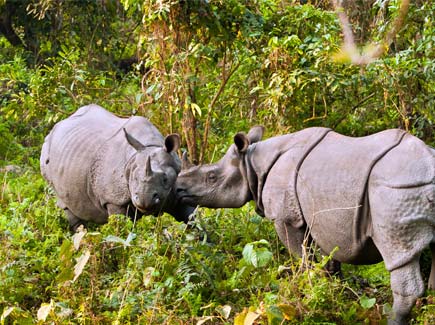





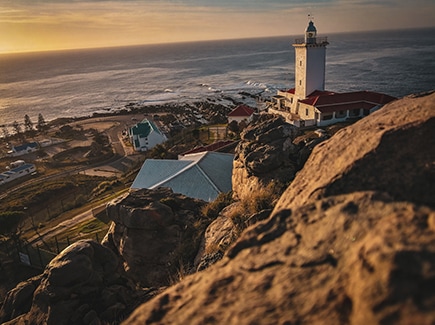









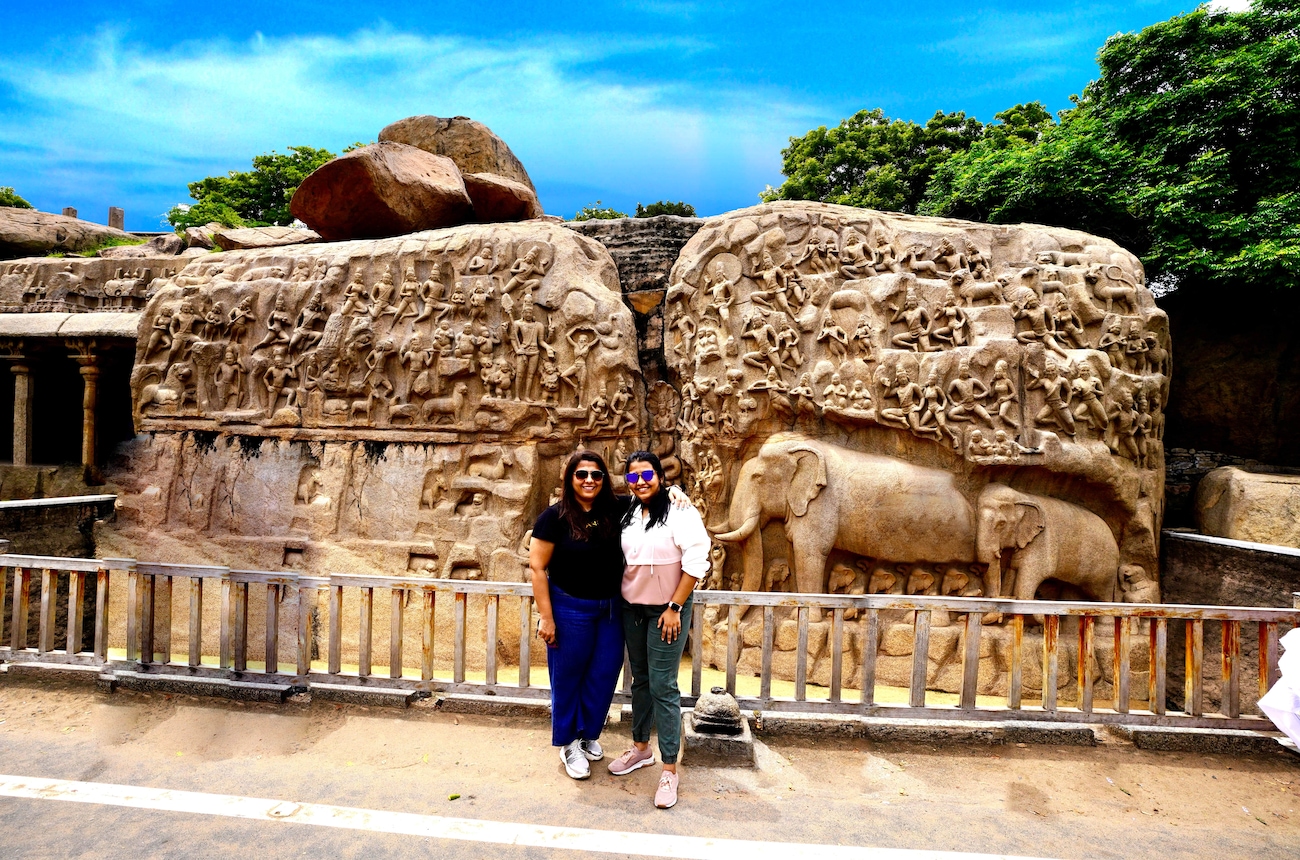









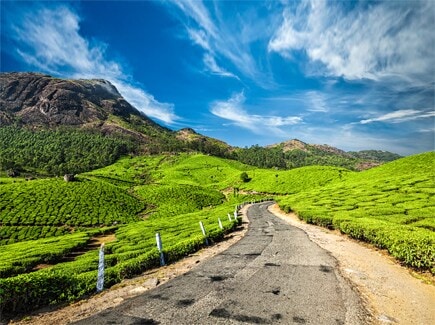
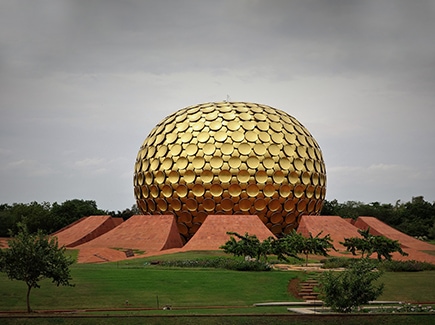




























Post your Comment
Please let us know your thoughts on this story by leaving a comment.